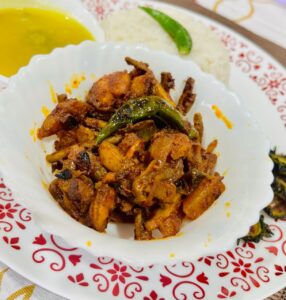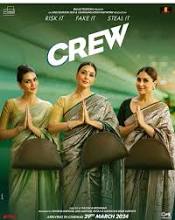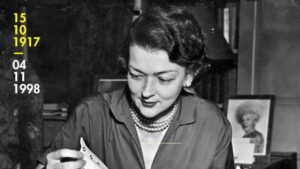The Motherhood Evolution
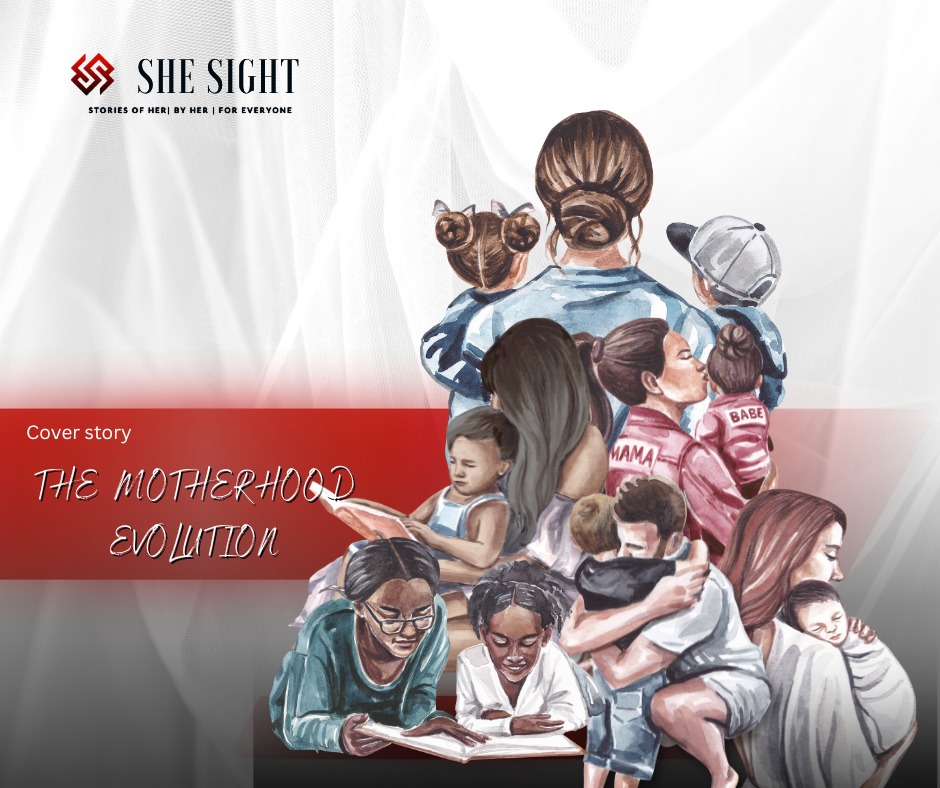
When Brigid, a successful businesswoman, discovered she was pregnant, she felt torn between her career aspirations and the expectations of motherhood. She was unsure how to balance the demands of motherhood with the demands of her job and wondered if she would have to sacrifice one for the other. Brigid’s dilemma is not unique. Millions of women around the world face similar challenges as they navigate the complex landscape of motherhood in the 21st century.

We can’t ever stop thinking about how important motherhood is in a woman’s life. It really shapes who we are, our relationships, and the roles we play in society. But you know what’s interesting? Over the years, motherhood has undergone some pretty big changes. It used to be seen as more of a duty than a choice, but now women have the right to choose whether or not they want to become mothers. And all sorts of cultural, social, economic, and technological factors have contributed to reshaping what motherhood looks like today. It’s still evolving too – women are always facing new challenges and opportunities that require us to redefine what it means to be a mother. It’s really fascinating to see how motherhood has evolved throughout human history, from just a biological role to an essential social and cultural one.
SheSight marks Mother’s Day by exploring the incredible impact motherhood has on women’s lives. We are going to be looking at all the challenges that moms face and how motherhood has changed and continues to change, and the way it shapes women’s experiences.
Interestingly, we engaged with our highly perceptive, insightful, and accomplished community of She-writers to explore different aspects of motherhood. We are delighted to present their perspectives on what constitutes the core essence of motherhood.
The Changing Expectations of Motherhood through times
Over the course of human history, the concept of motherhood has undergone a significant transformation – from a biological function to a multifaceted social and cultural role. While maternal care has always been fundamental, the Industrial Revolution brought new challenges as mothers struggled to balance work and family responsibilities. The story of Hannah Hauxwell, a remarkable woman from rural England who selflessly cared for her mother and aunt amidst challenging circumstances, exemplifies the self-sacrifice and duty of mothers during that era.
Manju Malathy, a social activist, describes the meaning of motherhood as caring for others, sacrificing for others, and finding satisfaction in doing anything for others’ happiness.
As societies developed, so did the roles and expectations of mothers, but the fundamental importance of maternal care remained constant throughout human history. In many societies, motherhood became synonymous with femininity and was associated with certain behaviors and attitudes.
As Dr. Anjana Vinod, a keynote speaker puts it as a bond of blind trust, empathy, and being a support system.
Mothers were expected to be nurturing, selfless, and compassionate. Haven’t we heard about the incredible mother-child relationship between Queen Victoria and her children? It’s fascinating! Queen Victoria was an incredibly devoted mother and was very involved in the upbringing of her nine children. One of the most unique things about their relationship is that she would write letters to them almost every single day. It’s hard to imagine getting a letter from the Queen every day, but that’s just how much she loved and cared for her kids. Her letters were full of advice, support, and encouragement, and they really demonstrate just how much she wanted the best for her children.
Another example of a powerful mother-child relationship is that of Anne Frank, and her mother, Edith. Anne was a German girl who was a victim of the Holocaust and kept a diary of her experiences. Even though they faced unthinkable challenges while they were in hiding, Anne and her mom stayed tight and always had each other’s backs. Anne even wrote in her diary about how her mom was the absolute best, calling her “the most beautiful mother in the world.” It’s really touching to see how strong their relationship was, especially during such a difficult time.
Today, motherhood has become more diverse and inclusive than ever before, with single mothers, adoptive mothers, surrogate mothers, same-sex parents, and transgender mothers all playing important roles in raising children.
The Different Types of Motherhood Identities
Single motherhood –

Being a single mom means raising a child or children without a partner. It can happen in a variety of circumstances, like getting divorced or losing a partner. Being a single mom can be tough, with all kinds of challenges like money worries, people judging you, and having to do everything by yourself. But lots of single mothers make it work and create happy homes for their families.
One successful real example of single motherhood is the story of J.K. Rowling, the author of the Harry Potter series. Rowling became a single mother when she divorced her husband in 1993, and at the time, she was unemployed and living on government benefits. Despite these challenges, Rowling continued to write in her spare time, and eventually, her manuscript for Harry Potter and the Philosopher’s Stone was accepted for publication. The book became a massive success, launching a global phenomenon that has sold over 500 million copies worldwide. Through her perseverance and hard work, Rowling was able to provide for herself and her daughter and create a beloved cultural touchstone that has inspired millions of people around the world.
Art therapist Mridula Menon justifiably believes motherhood to be a responsibility with the freedom of being imperfect yet complete, where a mother knows what they want for themselves and how they can support those who depend on them.
Adoptive mothers – When it comes to motherhood, adoption is another way women can choose to become mothers. Adoptive mothers are women who have decided to raise a child who is not biologically related to them. They can choose to adopt locally or from another country and their reasons for adoption may be different from one another.

Shweta, a technology content writer, defines the spirit of motherhood as the ability to remove her own prejudices, the ability to mentor, and share learnings neutrally. Meanwhile, Relationship workshop facilitator, Sajitha Rasheed sees motherhood from a regular mother’s perspective as an injustice, where the potential is wasted on thankless and rights-less care work.
The experience of being an adoptive mother can be fulfilling, but it also comes with its own set of challenges. These can range from dealing with legal processes to building relationships with the child’s biological parents.
Sushmita Sen, a Bollywood actress and former Miss Universe is a living example of a successful adoptive mother. In 2000, at the age of 25, Sen adopted a baby girl named Renee, becoming one of the first single mothers in India to do so. In 2010, Sen adopted a second daughter, Alisah. Despite facing criticism and societal pressure for her decision to adopt as a single woman, Sen has been vocal about her belief in the importance of giving children a loving home regardless of their biological ties. Her commitment to motherhood and her advocacy for adoption have inspired many in India and beyond.
Same-sex Parents – When it comes to motherhood, love knows no gender!
Sudha Suresh, a Healthy food enthusiast defines motherhood as simply love.
Same-sex couples can make successful moms too! Being a same-sex mother often means raising a child with a partner who shares the same gender identity. These amazing mothers can have children through a range of methods, such as adoption, surrogacy, or donor insemination. Unfortunately, same-sex mothers can face some unique difficulties along the way, such as discrimination from society, limited resources, and legal hurdles. But despite these challenges, many same-sex mothers can provide a loving and stable home for their children.
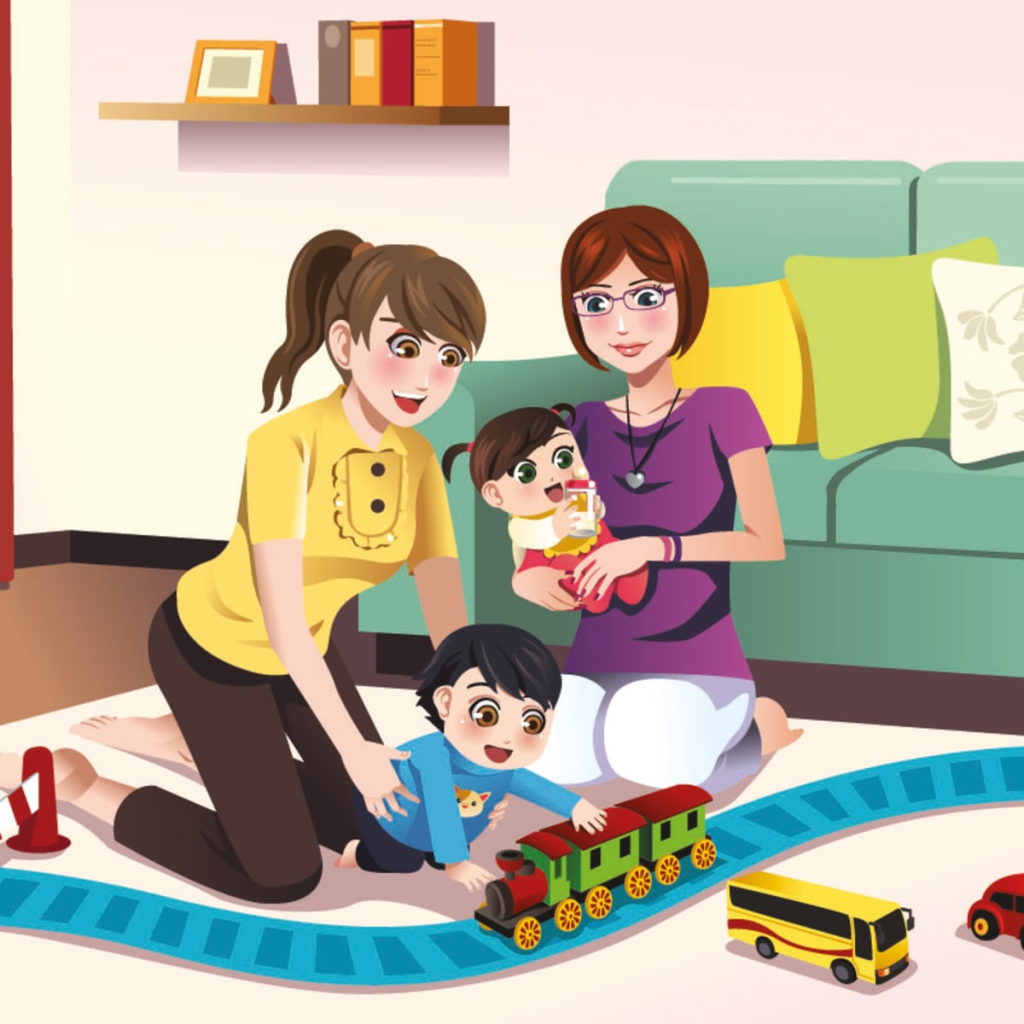
We all know the story of successful Same-sex couples as mothers Sarah and Jennifer Hart, a married couple who adopted six children from foster care. The Harts, who lived in Oregon, became known for their activism around issues of racial justice and LGBTQ+ rights. However, in 2018, the family was tragically killed in a car crash, leading to a national conversation about the challenges faced by same-sex adoptive families and the need for greater support and resources for LGBTQ+ parents. Despite the heartbreaking end to their story, the Harts’ commitment to creating a loving and inclusive family serves as an inspiration to many.
Transgender mothers – These are women who were assigned male at birth but identify as female and have gone through a transition. Transgender mothers face unique challenges in motherhood, such as discrimination and lack of acceptance, and they often have to navigate complex legal and medical systems. Despite these challenges, many transgender mothers are able to create loving and supportive families for their children.

One inspiring example is the story of Trystan Reese, a transgender man who gave birth to a healthy baby boy in 2017. Trystan and his partner Biff have three children together and their story has been an inspiration for many in the LGBTQ+ community.
Writer and Podcaster Neelofer Hilal views motherhood as a symbol of strength and sacrifice, which can present itself in anyone irrespective of gender.
Stepmothers – Stepmothers are women who take on the challenge of being a mother figure to their partner’s children from a previous relationship. It’s not always an easy role, and it can come with its own set of challenges. Stepmothers have to navigate complex family dynamics, establish relationships with their stepchildren, and manage expectations from biological parents. Some stepmothers take a hands-off approach, while others dive right in and become very involved in their stepchildren’s lives. Whatever the style, stepmothers deserve recognition for the love and care they bring into their new families.
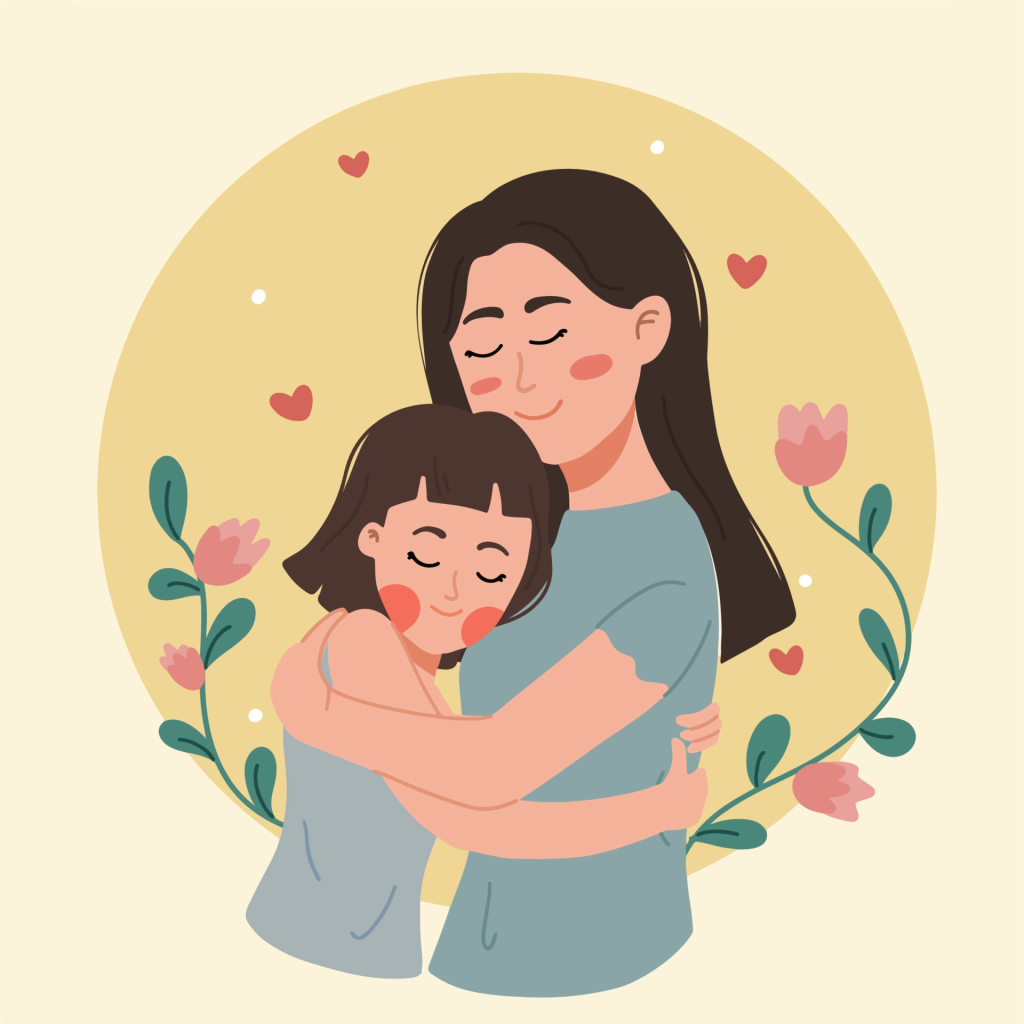
Camilla, Duchess of Cornwall has experienced step-motherhood in her real life. As the wife of Prince Charles, she has fulfilled the role of stepmother to Prince William and Prince Harry. Camilla entered the role of stepmother later in life, after marrying Prince Charles in 2005. Despite facing initial public scrutiny and criticism, Camilla has been praised for her warm and supportive relationship with her stepsons, and for her role as a mentor and friend to the young royals. Camilla’s approach to stepmotherhood is characterized by a balance of respect for the boys’ biological mother and a genuine desire to provide them with love and support.
Actress Jennifer Aniston has a close relationship with her stepmother, whom her father married after her parents’ divorce. Aniston’s stepmother, whom she refers to as “mom,” has been a loving and supportive presence in her life, attending her movie premieres and other important events. Aniston has spoken publicly about how grateful she is to have her stepmother in her life.
Scientist Anju Nandakumar, observes that this dynamic is rooted in respect and the willingness to give each other space. Conversations like “My half-brother is my best friend” or “My dad’s girlfriend/wife is taking us out on vacation” are acceptable conversations now. Life could be simple if we learn to live and let live, which is a simple message she shares.
Along similar lines, Dentist Dr. Abha Pimprikar sees motherliness as the creator who faces all the difficulties in her life just to mother another creator. Dr. Abha also mentions Sindhu Tai Sapkal, an Indian social activist known particularly for her work in raising orphaned children in India.
Father as mother-figure– Sometimes, fathers can take on the role of a mother figure for their children. This can happen in situations where the mother is absent or unable to fulfill traditional mothering responsibilities. Single fathers may find themselves in this position.

Coach Anujaa Navaratnaa sees it as devotion to keep a family’s legacy alive and the selfless care of another human being. Banker Madhu Bharadwaj believes motherhood is irreplaceable. One example of a successful father as a mother figure is comedian and actor, Billy Crystal. Crystal became a single father when his wife passed away, leaving him to raise their two daughters on his own. In interviews, Crystal has spoken about how he learned to braid hair, attend parent-teacher conferences, and fulfill all the responsibilities of being a mother and father to his children. Despite the challenges, Crystal was able to provide a loving and supportive home for his daughters and has been praised for his dedication to fatherhood.
Inter-generational Motherhood
Intergenerational motherhood is all about the women who’ve raised and influenced us throughout our lives – from our grandmothers to our own mothers, aunts, and even family friends. These women play an important role in shaping our identities, beliefs, and values, and their impact often lasts long into our adult years. Sometimes, we may find ourselves taking on a motherly role to someone younger than us, passing on the love and guidance that we ourselves received. It’s all about building those strong connections between generations of women and recognizing the power and influence that motherhood can have.

Suman Sachdev, an Astrologer and Vaastu Consultant sees motherhood as a shoulder to lean on. Academician Vandana Madhu sees motherhood as a respectful, supportive, and unconditionally loving source of balance in one’s life, and her own mother shows her how to maintain that balance between financial independence and family obligations.
Intergenerational motherhood could include a mother teaching her child how to cook a traditional family recipe, or a grandmother providing support and guidance to her grandchild during a difficult time. These relationships are all about love and connection, and they remind us of the incredible strength and resilience of mothers everywhere.
When Michelle Obama’s daughters were born, her mother, Marian Robinson retired from her job and later moved into the White House to help care for them while Michelle and her husband were busy with their political careers. Marian played an active role in the girls’ lives, helping with homework, cooking meals, and attending school events. Michelle has spoken publicly about the importance of inter-generational motherhood and the support and guidance that her mother provided, saying, “My mother has been that rock in my life. She has shown me what it means to be a strong, loving, and nurturing mother.”
Despite its many benefits, intergenerational motherhood is not without its challenges. Issues in inter-generational motherhood include conflicts between mothers and grandmothers and the perpetuation of gender stereotypes. Mothers may feel like their own mothers are meddling, while grandmothers may feel undervalued. Also, gender roles can be reinforced, with grandmothers seen as nurturers and mothers as disciplinarians. This limits opportunities for both generations.
Storyteller Nidhi Raj believes motherhood is the first teacher and acknowledges that a mother imparts life’s earliest lessons and teaches valuable behavioral skills. Through unconditional love and constant support, a mother is always there to lift her child up whenever she stumbles and instills the courage to face life head-on. Regardless of the outcome, a mother is forever encouraging of their child’s efforts. Meanwhile, Vandana Sai sees her mother as the one who teaches her that everyone deserves the world and that all are equal and special.
Essence of motherhood

Motherhood is a complex and ever-evolving concept that transcends time and culture. Despite changing trends and evolving parenting styles, the essence of motherhood remains the same – unconditional love and commitment to the well-being of one’s child. Over the years, the role of mothers has shifted, and women have had to navigate unique challenges as they balance their responsibilities as caregivers with their personal and professional aspirations. However, what remains constant is the immense impact that mothers have on the lives of their children and on society as a whole.
As we continue to strive for greater equality and support for mothers, let us never forget the immeasurable value of a mother’s love and the lasting impact it can have on the world.
On this Mother’s Day, let us take a moment to honor and celebrate all the mothers out there, past, and present, who have dedicated themselves to raising their children with love, compassion, and strength. To all the mothers who have overcome obstacles and challenges to provide for their families, we applaud you. To all the mothers who have embraced non-traditional paths to motherhood, we support you. And to all the mothers who have loved and lost, we remember you. May this Mother’s Day be a reminder of the immeasurable impact that mothers have on our lives, and a tribute to the power of a mother’s love.
Happy Mother’s Day to all the amazing mothers and mother figures out there!
Editorial Board


